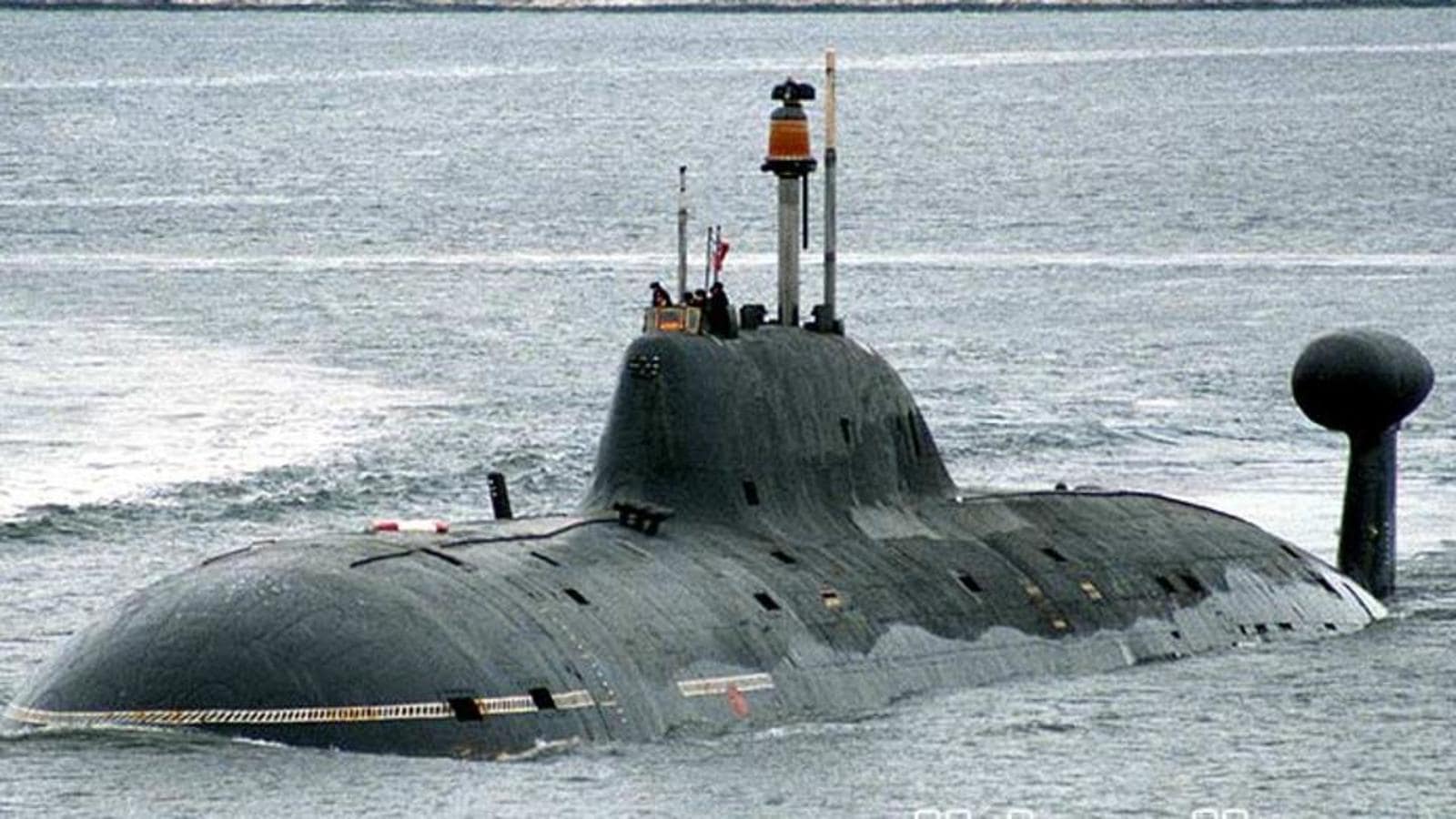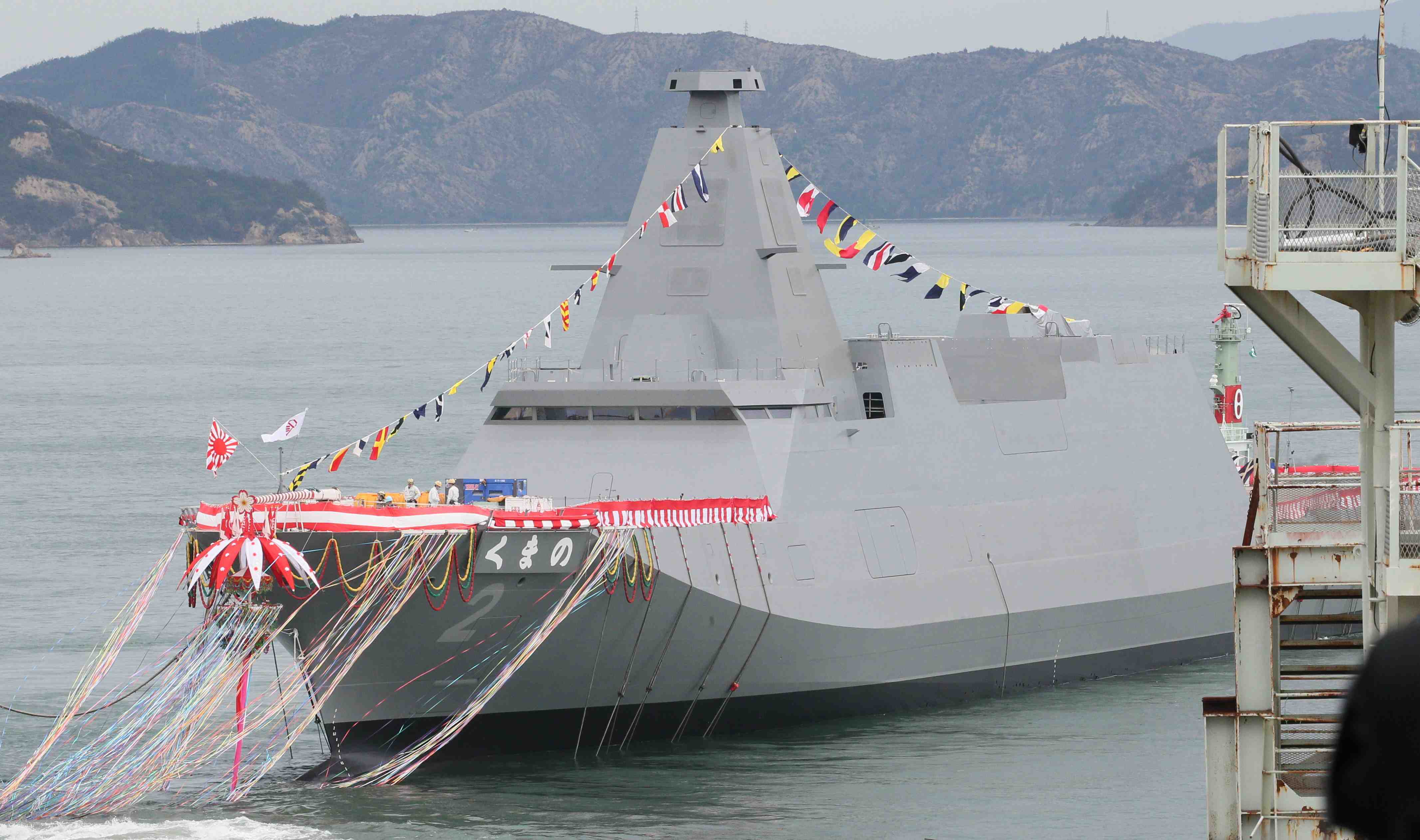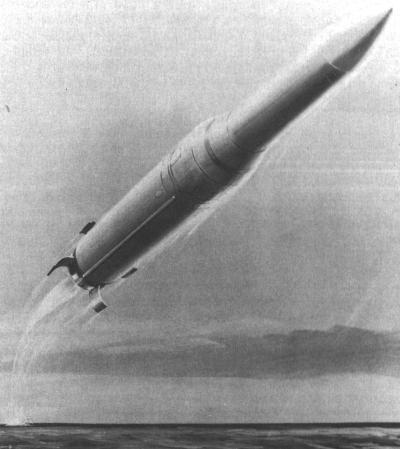Adding some pics to better visualize the concepts, along with small explanations.
Unless we are going for a totally new hull concept (like Zumwalt's Tumblehome hull), which I doubt we are (and we shouldn't either, there's no need), it makes perfect sense to enlarge & expand the existing DDG hulls by ~15m or so.
This is how even the Type 055 hull was developed, by extending & expanding the Type 052D hull (which itself was expanded 052C hull).
Ideally, I say we need both.
There can be several tactical advantages to having an entry/exit point for manned RHIBs, unmanned USVs or UUVs from the aft of the ship without having to open up the side RHIB bays (like on Shivalik) which increase the already sizeable radar signature of the broadside. Not to mention far easier for enemy vessels to visually notice their deployment (especially important for UUVs).
Side bays on the other hand, besides being able to deploy much larger craft, with the right kind of modular design, can afford unmatched flexibility in adding/removing mission capabilities as per need. Like carrying additional watercraft, new large UUVs, cargo containers, Special Forces teams, additional drone GCS workstations, etc etc.
The ship in the graphics is the British Type 26 GCS, also being sold to Australia & Canada. Initially, they wanted a bay in the stern but later on went with the modular bay amidships instead. The GCS, being a smaller ship, had to make that tradeoff but the much larger Project 18 is likely to have a lot more freedom in that regard.
Depending on what the performance needs are, COGAG might actually be preferable for a ship this size. However, the Soviet bloc kit still needs to go.
Both Russian & Ukrainian suppliers have proved thoroughly unreliable with regard to timelines, prices AND consistency in quality. Even ships like Visakhapatnam class (which are technologically superior to anything in Russian Navy surface fleet) had to put up with these legacy systems primarily because of the lineage of the Project-15 type going back all the way to the Delhi-class that was designed with extensive Soviet help - and which itself drew a lot of lessons from Rajput-class aka Kashin.
The Project-18 is going to be arguably the first destroyer class in over 40 years that can be said to be an all-up brand new design that need not necessarily stick with the legacy systems of Project-15/15A/15B. We can just take the aspects that are good & which work (like the hull) and junk the stuff that doesn't.
So, if going with COGAG, then 4 x LM2500s or MT30s (great for destroyers).
If going with the more economical & efficient CODAG, then 2 x LM2500/MT30 and 2 x European diesels (just like Shivalik and P-17A).
This is the future. Cleaner, more efficient, and most importantly for a naval vessel - quieter. If we have the option of eliminating mechanical components with lot of metal-on-metal contact like clutches & gearboxes, we should take it.
Nothing fancy wrt stealth...whatever signature-reduction is to be achieved is to be achieved through shaping. The JMSDF's new Mogami-class frigate is case in point. Clean angled surfaces, no unnecessary clutter.
IN is indeed looking into VTOL RPAS so very likely they'll take accommodation of types like MQ-8B FireScout (or indigenous equivalents) into account for the new hangars.
Progress already achieved with the P-17A, but where the 17A gains over the previous Shivalik (flush fore deck) it loses over the Shivalik in the amidships department. Dunno why they backtracked on that part.
At one point of time I really doubted if LRDE could develop a radar on par with Israel's best. Today I no longer have that doubt. And companies like Data Patterns or Astra Microwave can easily take care of the production order. If the IAF's HPR is anything like AEGIS Ashore (which I think it is), a navalized variant could be just what we need.
Integrate this bad boy into a mast, you're done.
Didn't hear any updates on this...any such radar will do really, might as well give the development order to a company like Data Patterns, they've recently been designing & developing their own APAR radars.
Oh and this also needs to go into the mast btw.
Tonbo is hitting it out of the park with regard to EO/IR equipment. Their kit already sit on Kolkata-class and they've shown remarkable flexibility of developing various mounts as well. Should have no problem integrating these into a mast.
Again the Japanese Mogami-class sets a beautiful example.
One area where I think any help from likes of Thales should be welcomed with open arms.
This is of utmost importance. But so far there is no official chatter from IN sources regarding any plan for such a system and that is concerning. But theoretically it should be possible. Nirbhay is Tomahawk-sized, Barak & VLSRSAM are small enough, AD-1 is reportedly similar both in capability set and dimensions to Aster-30 Block-2, while AD-2 is similar to SM-3...a VLS cell of reasonable size can certainly be developed that can accommodate all of these types.
XRSAM and SMART - can't comment on those though.
Even a smaller number of these (say, 8 nos.) can be a devastating silver bullet against any surface target (or land if within range). Can't wait to see some progress on both HSTDV & BrahMos-2.
Navalized variants are the logical evolution of any land-based artillery gun. Dunno why DRDO doesn't realize this potential and we have to import stuff from OTOMelara or BAE.
We already got the gun part figured out, navalizing it may actually be performed adequately by a company like L&T (if not one of the two companies already making it - Tata Power SED & Bharat Forge).
FFS remove these abominations. Even the newer Russian ships like Gorshkov-class frigate don't use this crap. Dunno what era IN anti-submarine doctrines are in.
A large superstructure should ensure there's nothing but a small 'pop-out' hatch for the torpedoes on the sides.
IN is indeed talking about Directed-energy based weapons with regard to the NGD and that's encouraging. DRDO has also been making meaningful progress with several models of Gas Dynamic Lasers so its a matter of time before a more workable solution is available for both land & ship-based usage similar to US Navy's HELIOS.



















